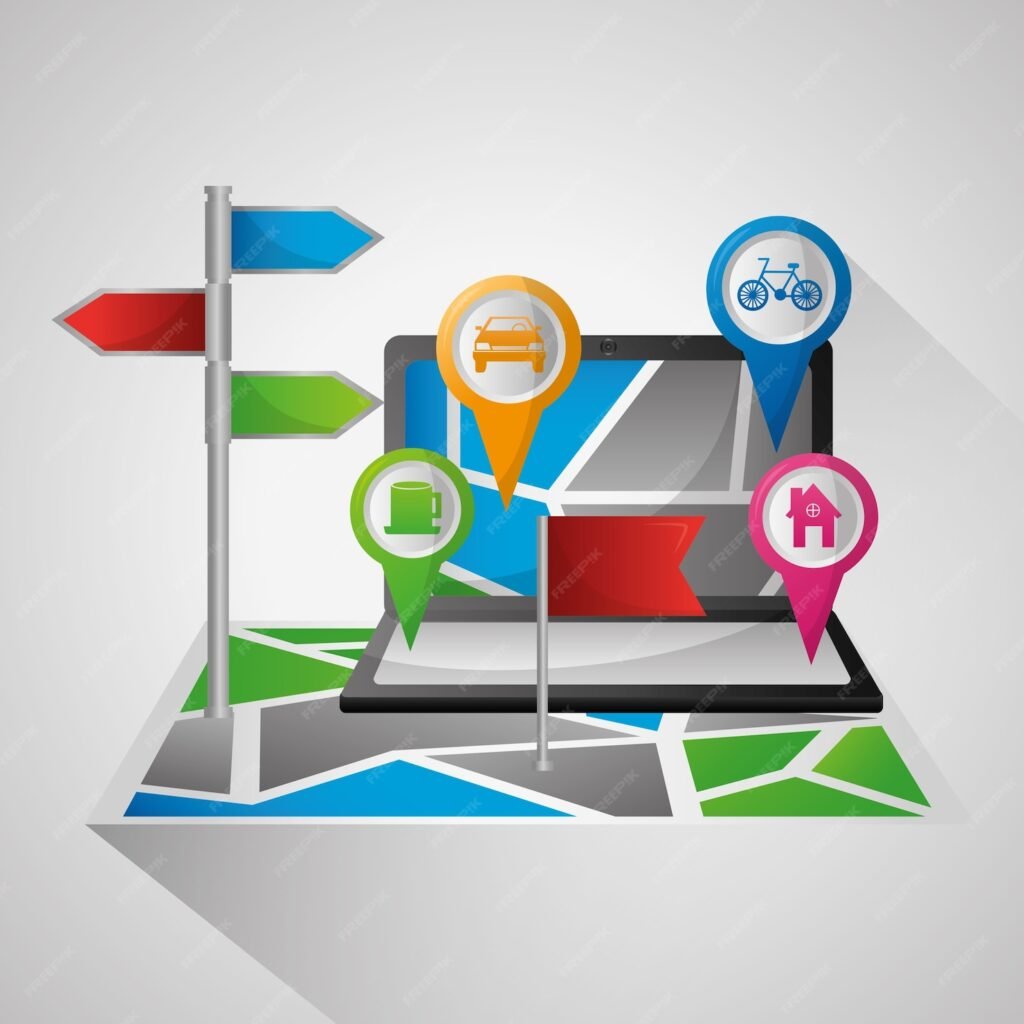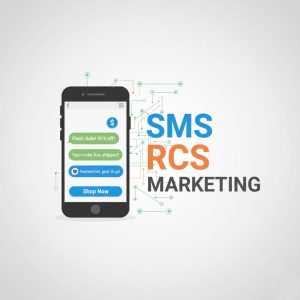Location-based Marketing Tools in 2025: The Ultimate Guide

The Evolution of Location-based Marketing in 2025
Local-based marketing has made a dramatic change in recent years, which has evolved into the refined, AI-controlled customer engagement strategies processed with simple geoping techniques. By 2025, proximity marketing has become an important component of successful marketing campaigns, where companies must provide hyperpersonalized experience to consumers to take advantage of advanced location technologies. According to recent market surveys, site -based costs are estimated to reach $ 62.4 billion globally this year, indicating an increase of 32% from 2024.
As mobile device usage continues to dominate consumer behavior, businesses that effectively implement location-based marketing strategies are seeing dramatic improvements in customer engagement, conversion rates, and overall marketing ROI. This comprehensive guide explores the most innovative and effective tools available in 2025, examining their features, benefits, and real-world applications.
How Location-based Marketing Has Transformed the Customer Journey
The traditional customer journey has been completely reimagined with the integration of location-based technologies. Today’s consumers expect seamless, personalized experiences that anticipate their needs and preferences based on their physical location and behavioral patterns.
Modern location-based marketing tools accomplish this by:
- Identifying potential customers based on their proximity to physical locations
- Analyzing historical location data to predict future behavior
- Delivering contextually relevant messages at precisely the right moment
- Measuring offline conversion rates with unprecedented accuracy
- Creating seamless omnichannel experiences that bridge physical and digital worlds
Research from the Digital Marketing Institute shows that location-basedcampaigns achieve 20x higher engagement rates compared to standard messages, with 72% of consumers saying they respond positively to notifications when they’re relevant to their current location.
Top Location-based Marketing Tools Dominating the Market in 2025
1. ProximityAI
ProximityAI has emerged as the market leader in 2025, combining advanced machine learning with precise location tracking to deliver unparalleled marketing capabilities. What sets ProximityAI apart is its ability to predict consumer movements and intent before they even occur.
Key Features:
- Predictive movement patterns analysis
- Integration with smart city infrastructure
- Real-time competitive intelligence
- Privacy-compliant tracking systems
- Multi-channel message delivery optimization
Major brands like Starbucks and Target have reported a 34% increase in foot traffic after implementing ProximityAI’s advanced predictive algorithms. The platform’s ability to anticipate customer needs based on historical location patterns has proven particularly valuable for retailers seeking to increase store visits during traditionally slow periods.
2. GeoConnect Pro
GeoConnect Pro has revolutionized how businesses interact with customers through its innovative use of augmented reality combined with precise location targeting. This platform allows marketers to create immersive experiences that blend digital content with physical spaces.
Key Features:
- AR-powered location marketing
- Behavioral targeting based on movement patterns
- Multi-location campaign management
- Custom geofence creation with dynamic boundaries
- Detailed attribution modeling
According to a recent case study by MobileDominate.com, restaurants implementing GeoConnect Pro’s dynamic geofencing technology have seen an average 41% increase in customer acquisition, with particularly strong results during promotional campaigns.
3. LocationSense
LocationSense has distinguished itself through its advanced indoor positioning capabilities, allowing businesses to engage with customers inside malls, stadiums, airports, and other large venues with pinpoint accuracy. The platform combines Wi-Fi triangulation, Bluetooth beacons, and geomagnetic positioning to achieve accuracy within 1.2 meters.
Key Features:
- Ultra-precise indoor positioning
- Heat mapping of customer movements
- Dwell time analysis and optimization
- Competitive conquest capabilities
- Integration with digital signage systems
Research from Forrester indicates that retailers using LocationSense have experienced a 28% increase in average transaction value through strategically timed promotions that reach customers when they’re most receptive.
4. HyperLocal Suite
HyperLocal Suite has gained significant market share in 2025 by focusing on the integration of location data with customer relationship management systems. This platform enables businesses to create highly personalized marketing campaigns based on customers’ real-time locations and historical behavior patterns.
Key Features:
- Dynamic customer segmentation based on location patterns
- Integrated loyalty program management
- Cross-channel campaign coordination
- AI-powered message optimization
- Advanced attribution modeling
According to industry analysis from Marketing Dive, businesses using HyperLocal Suite have achieved a 3.2x higher return on ad spend compared to traditional digital marketing campaigns.
Emerging Technologies Shaping Location-based Marketing
AI-Powered Predictive Location Intelligence
Artificial intelligence has changed site -based marketing by enabling customer movements and predicting predictions that estimate the needs. In 2025, main platforms now analyze historical location data, buying patterns and environmental factors, when customers are most likely the most receptive to specific messages.
A study of MIT Technology Review found that the predictive location intelligence increases the campaign efficiency by 47% compared to traditional targeting methods. As a Manager in Walmart said, “We no longer react where customers are – we guess where they want to be and what they need when they reach it.”
Quantum Location Processing
Integration of quantum calculation functions in location marketing platforms represents one of the most exciting developments in 2025. Quantum location processing enables the analysis of giant datasets with outstanding movement, allowing disaster to identify complex patterns in consumer behavior that would be impossible to detect using traditional data treatment methods.
3X from the same dataset to use the first adoption of the quantum location treatment report, the location data is able to quickly process the data 100x and identify more action -rich insights. This technique is especially valuable for companies working in a dense urban environment with high customer versions.
Privacy-First Location Tracking
Since consumer privacy considerations continue to shape the regulatory landscape, market equipment for sites has evolved to prioritize consent and data security. Modern platforms are now appointing sophisticated dismantling techniques, decentralized data storage and granular permission systems to maintain compliance with global privacy rules.
According to a recent consumer survey, 78% of consumers are ready to share their site data with brands that they depend on when the price exchange is clearly communicated. Leading marketing platforms for sites now emphasize transparent computer practice, rather than a core function.
Implementing Location-based Marketing Strategies: Best Practices for 2025
1. Prioritize Value Over Volume
The most effective location-based marketing campaigns in 2025 focus on delivering genuine value to customers rather than simply increasing message frequency. Successful implementations follow the principle that each location-triggered interaction should provide practical benefit to the recipient.
As noted by industry leader MobileDominate.com, “The brands seeing the highest engagement rates are those that use location data to solve customer problems rather than simply promote products.”
2. Integrate Across Channels
Location data should inform all aspects of your marketing strategy, not just mobile notifications. Leading brands now use location intelligence to optimize email timing, personalize website content, and even inform traditional media buys.
Research from the Harvard Business Review found that marketers who integrate location data across at least three channels see 2.7x higher conversion rates compared to those using location for single-channel campaigns.
3. Continuously Test and Optimize
The most successful location campaigns include continuous testing and processing. All, including the size of the geoofts, message time, creative elements and value suggestions, must all be tested and optimized based on regular test data.
According to Google Research findings, even minor adjustment of geooftens parameters can improve the performance of the campaign as a result of 15% when they are tested and implemented properly.
Measuring Success: Key Metrics for Location-based Marketing
1. Location Visit Rate (LVR)
LVR measures the percentage of users who visit a physical location after receiving a location-based marketing message. This metric has become the gold standard for measuring the effectiveness of proximity marketing campaigns in driving foot traffic.
2. Dwell Time Increase
Sophisticated location marketing platforms now measure changes in the amount of time customers spend in specific locations after receiving marketing messages, providing insight into engagement quality beyond simple visit metrics.
3. Attribution Accuracy
Leading platforms now use advanced multi-touch attribution models that incorporate location data to provide more accurate measurement of marketing effectiveness across channels. These systems can determine which touchpoints most effectively influence in-store behavior.
The Future of Location-based Marketing
As we pass 2025, site -based marketing grows at a rapid pace. Integration of AI, quantum calculation and promoted privacy security creates outstanding opportunities for companies to contact customers in meaningful ways.
Organizations that successfully implement these advanced marketing units for placement look dramatic reforms in customer engagement, loyalty and income. By combining exact site data with relevant relevance and value -driven messages, the oppressors can create experiences that consumers actually appreciate rather than just tolerated.
The most successful brands in this room believe that location data is only part of a comprehensive customer understanding. When combined with other behaviors and preference data, the location intelligence actually becomes a powerful tool for creating personal experience that performs average business results.
For companies that want to stay in front of the basket, it is no longer necessary to invest in advanced site -based marketing technologies.








